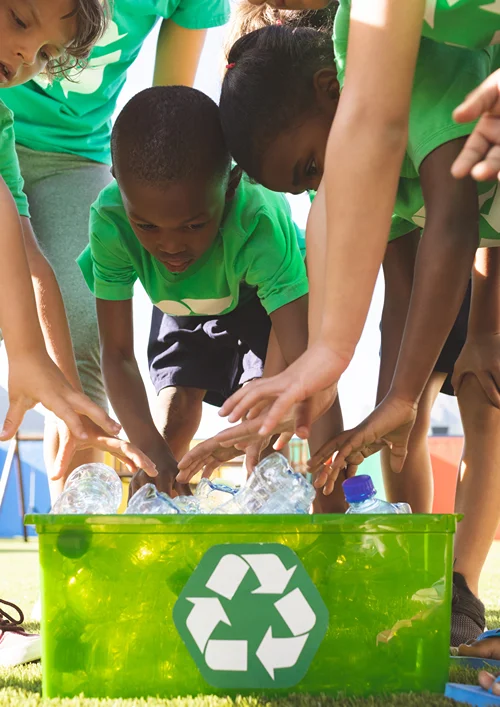The Value of RN to BSN Degrees
The healthcare industry’s ever-evolving landscape places a premium on highly educated and skilled nurses. For registered nurses (RNs) looking to expand their knowledge, career prospects, and earning potential, pursuing a Bachelor of Science in Nursing (BSN) is an excellent step forward.
Specifically, an online RN to BSN degree offers an efficient and flexible pathway to achieve this advanced qualification.
Advantages of an RN to BNS Degree
One of the main advantages of an RN to BSN degree is its ability to enhance clinical and leadership skills. While RNs are well-equipped to deliver high-quality patient care, a BSN program delves deeper into areas such as evidence-based practice, community health, and healthcare systems management. These advanced skills are vital for nurses aspiring to take on leadership roles or specialize in specific areas of healthcare.
Many healthcare organizations now prefer or require BSN-prepared nurses due to studies linking higher education levels to improved patient outcomes.
Program Flexibility
Flexibility is a hallmark of the online RN to BSN degree. Unlike traditional on-campus programs, online options are designed with working professionals in mind. This format allows RNs to balance their studies with work and personal commitments seamlessly. Whether it’s completing assignments during off-shift hours or accessing course materials from home, the convenience of online learning ensures that education doesn’t interfere with existing responsibilities.
Lifelong Learning While Working
Another compelling reason to pursue this degree is the growing emphasis on lifelong learning in the nursing profession. As medical technologies and patient care practices evolve, staying updated is crucial. A BSN program not only provides foundational knowledge but also instills a mindset of continual growth and adaptability—qualities that are indispensable in a fast-changing healthcare environment.
Online programs often integrate current trends and developments into their curriculum, ensuring that graduates are well-prepared for the modern workplace.
Cost Advantages
Financial considerations often play a significant role in educational decisions. Fortunately, online RN to BSN programs are generally more cost-effective than their on-campus counterparts. Many institutions offer competitive tuition rates, and students save on commuting, housing, and other expenses associated with attending a physical campus.
Additionally, financial aid, scholarships, and employer tuition reimbursement programs can further alleviate the financial burden, making this degree accessible to a broader audience.
Career Advancement
A significant incentive is the opportunities for advancing in your career. With a BSN qualification, nurses can access a wider range of opportunities, from administrative and managerial roles to specialized clinical positions. Many BSN-prepared nurses also find themselves better positioned for graduate programs, opening doors to advanced practice roles such as nurse practitioners, nurse educators, or healthcare executives.
Empowering the Future of Nursing
Ultimately, an online RN to BSN degree is a transformative investment in a nurse’s future. By combining academic rigor with the flexibility of online learning, these programs enable RNs to achieve their professional goals while maintaining their commitments to patients and families.
A career in medicine is a challenging one, yet greatly rewarding. As the demand for highly educated nurses continues to grow, earning a BSN not only elevates individual careers but also contributes to the advancement of the nursing profession as a whole.











